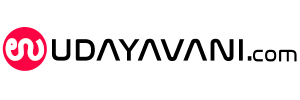Advertisement
Among the efforts is COVAX, which relies on donations from rich countries and private funders. The group has missed its own distribution targets largely because it didn’t have the resources to secure vaccine supplies early on in the pandemic.
As of mid-August, COVAX has distributed about 207 million doses to 138 countries and territories. That’s compared with more than 417 million doses distributed in just the U.S., according to the Centers for Disease Control and Prevention.
COVAX was created last year to try and ensure vaccines are distributed fairly and is led by public health agencies including the World Health Organization. Without enough purchased vaccines, COVAX is now relying on donated shots from wealthy countries, but most of the pledged doses won’t be delivered this year.
Related Articles
Advertisement
Other groups have been stepping in to help. In July, the African Union said it bought 400 million doses of the Johnson & Johnson shot for 45 African countries. China, Russia and the U.S. have donated millions of vaccines to countries. And in June, the leading industrial nations known as the Group of Seven said they would donate 1 billion doses to poor countries. The G-7 countries are Britain, Canada, France, Germany, Italy, Japan and the United States.
Still, that’s far short of the 11 billion doses WHO says are needed to stop the pandemic.
To protect people at high risk for severe illness in poor countries, WHO has urged rich countries to immediately donate more doses and to stop plans for immunizing children and giving booster doses.
“We are making conscious choices right now not to protect those in need,” said WHO chief Tedros Adhanom Ghebreyesus. 







